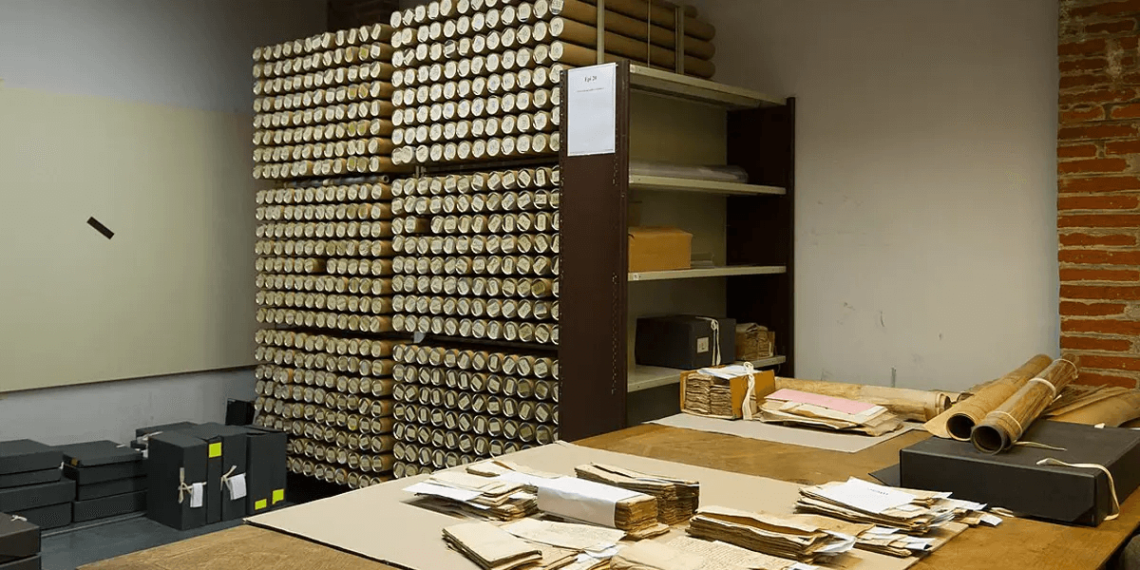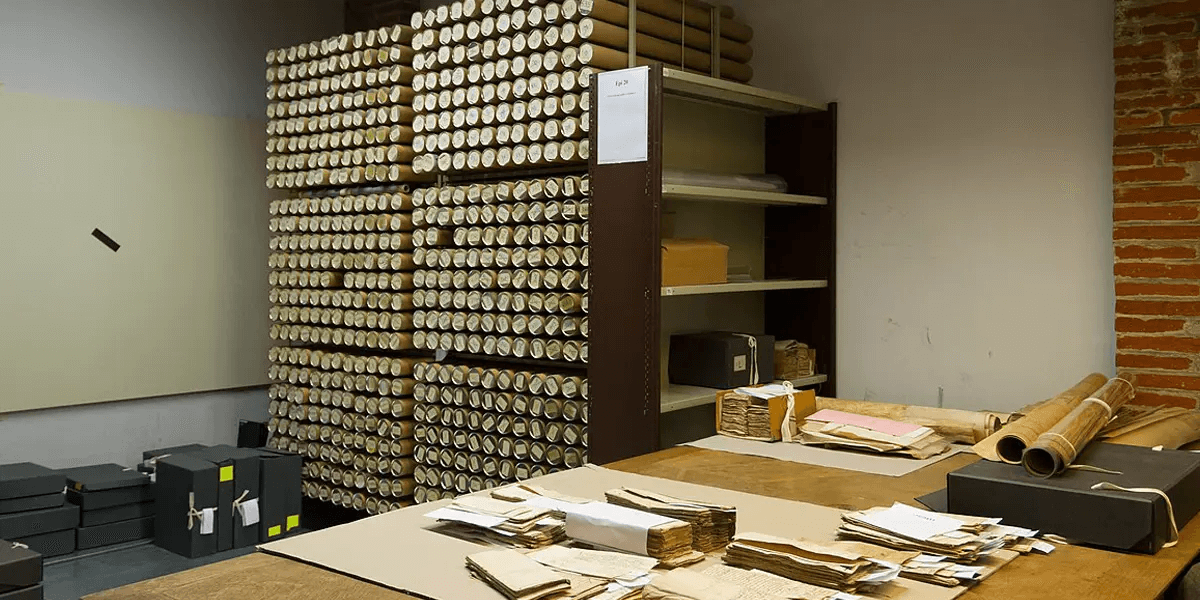
How Offsite Collection Can Help Save Endangered Species from Extinction
In an era marked by increasing concern for our planet’s biodiversity, the concept of offsite collection has emerged as a powerful tool in the fight to save endangered species from extinction. This innovative approach to conservation goes beyond traditional methods and offers a glimmer of hope for species teetering on the brink of oblivion. In this article, we will explore the fascinating world of 오피 사이트모음 and how it can make a significant impact on preserving our planet’s precious wildlife.
Introduction: The Crisis of Endangered Species
The world is facing a biodiversity crisis, with numerous species on the brink of extinction due to habitat loss, climate change, and other human-driven factors. The urgency to protect these species cannot be overstated, as each loss represents a permanent gap in our planet’s rich tapestry of life. This is where offsite collection steps in as a potential savior.
What is Offsite Collection?
Offsite collection refers to the practice of collecting genetic material, such as sperm, eggs, or tissues, from endangered species and storing it in specialized facilities. These facilities, often referred to as “gene banks” or “cryo-archives,” house a diverse range of genetic material with the aim of preserving the species’ genetic diversity.
The Importance of Genetic Diversity
Genetic diversity is the key to the survival and adaptability of any species. In the face of environmental changes, species with higher genetic diversity have a better chance of evolving and thriving. Offsite collection ensures that even if a species disappears from its natural habitat, its genetic legacy remains intact.
Advantages of Offsite Collection
Offsite collection offers several advantages over traditional conservation methods. Firstly, it provides a safety net against catastrophic events, such as disease outbreaks or natural disasters, which can wipe out entire populations. Secondly, it allows for the breeding of individuals in captivity, helping to boost the population size and genetic diversity.
Case Studies: Success Stories
Several success stories highlight the efficacy of offsite collection. For instance, the California condor, one of the world’s rarest birds, was on the brink of extinction in the 1980s. Through intensive offsite collection efforts and breeding programs, their population has rebounded significantly.
Challenges and Ethical Considerations
While offsite collection offers hope, it also presents challenges and ethical dilemmas. Questions about the ownership of genetic material, the potential for exploitation, and the welfare of animals in captivity need to be addressed.
The Role of Conservation Organizations
Conservation organizations play a pivotal role in facilitating offsite collection efforts. They collaborate with scientists, governments, and local communities to ensure the success of these programs.
Public Awareness and Education
Public awareness and education are vital components of offsite collection. When people understand the importance of preserving genetic diversity, they are more likely to support conservation efforts.
Government Initiatives and Legislation
Governments worldwide are recognizing the significance of offsite collection and enacting legislation to protect endangered species. These initiatives provide legal frameworks for conservation activities.
Collaboration with Indigenous Communities
In many cases, indigenous communities have a deep connection to the land and its wildlife. Collaborating with these communities is essential to ensure the success of offsite collection programs while respecting cultural values.
Sustainable Practices in Offsite Collection
Sustainability is crucial in offsite collection. It involves responsible collection methods, ethical treatment of animals in captivity, and long-term planning for species recovery.
Monitoring and Research
Continuous monitoring and research are essential to assess the effectiveness of offsite collection programs and adapt strategies as needed.
The Future of Offsite Collection
The future of offsite collection holds promise, but it also demands ongoing dedication and investment. As technology advances, we can refine our methods and enhance our capacity to save endangered species.
Conclusion: A Lifeline for Endangered Species
Offsite collection stands as a beacon of hope in the battle to save endangered species from extinction. It offers a lifeline to species on the brink, a chance to rebound, and a testament to human commitment to preserving the planet’s magnificent biodiversity.
Frequently Asked Questions (FAQs)
- What is the primary goal of off site collection? Off site collection aims to preserve the genetic diversity of endangered species, ensuring their survival in the face of various threats.
- How do gene banks store genetic material? Gene banks use cryopreservation techniques, including freezing sperm, eggs, and tissues at extremely low temperatures, to store genetic material.
- Are there any ethical concerns associated with off site collection? Yes, ethical concerns include issues related to animal welfare in captivity, ownership of genetic material, and potential exploitation.
- How can individuals support off site collection efforts? Individuals can support off site collection by raising awareness, donating to conservation organizations, and advocating for legislation protecting endangered species.
- What is the long-term vision for off site collection? The long-term vision is to establish a global network of gene banks and conservation efforts that ensure the survival of endangered species for generations to come.
In conclusion, offsite collection is a powerful tool that offers a glimmer of hope for endangered species facing the specter of extinction. By preserving genetic diversity and collaborating across borders, we can ensure a brighter future for our planet’s most vulnerable inhabitants.

The Benefits and Challenges of Off site Collection for Biodiversity Conservation
Biodiversity conservation has become a pressing global concern as our planet faces increasing threats to its rich tapestry of life. Amidst these challenges, the concept of off site collection has emerged as a valuable strategy in the battle to protect and preserve the world’s diverse species. In this article, we will delve into the benefits and challenges of off site collection as a crucial tool in biodiversity conservation.
The Imperative of Biodiversity Conservation
Biodiversity is the foundation of life on Earth, encompassing the variety of species, ecosystems, and genetic diversity. However, this diversity is under constant threat due to habitat loss, climate change, over-exploitation, and pollution. The urgency to protect and conserve biodiversity cannot be overstated, and off site collection presents a unique approach in this endeavor.
Understanding Offsite Collection
Offsite collection, also known as ex situ conservation, involves the collection and preservation of genetic material from endangered species in controlled environments. This genetic material may include sperm, eggs, tissues, or even entire organisms. The primary goal is to safeguard the genetic diversity of these species outside their natural habitats.
The Benefits of Offsite Collection
1. Genetic Diversity Preservation:
Offsite collection ensures that the genetic diversity of endangered species is conserved, reducing the risk of inbreeding and genetic bottlenecks.
2. Insurance Against Catastrophes:
It provides a safety net against catastrophic events, such as disease outbreaks or natural disasters, which can decimate wild populations.
3. Research and Education:
Genetic material held in off site collections can be used for scientific research and educational purposes, contributing to our understanding of species and their conservation needs.
4. Species Recovery:
Offsite collection allows for controlled breeding programs, enabling the recovery of species with critically low populations.
5. Collaborative Conservation:
It fosters collaboration between governments, conservation organizations, scientists, and local communities, creating a holistic approach to conservation.
Challenges in Implementing Offsite Collection
While offsite collection offers immense potential, it is not without challenges:
1. Ethical Concerns:
Ethical dilemmas surround issues like animal welfare in captivity, ownership of genetic material, and potential exploitation.
2. Logistical Complexity:
Maintaining genetic material in controlled environments demands technical expertise, resources, and infrastructure.
3. Long-Term Commitment:
Offsite collection programs require sustained, long-term funding and dedication to be effective.
Case Studies: Successful Offsite Collection Programs
Several offsite collection programs have achieved notable success in biodiversity conservation. The California condor and the black-footed ferret are examples of species that were on the brink of extinction but have seen their populations recover through off site collection efforts.
Ethical Considerations and Best Practices
Addressing ethical concerns is vital in off site collection. Best practices include ensuring the welfare of animals in captivity, respecting indigenous knowledge and cultural values, and establishing transparent ownership agreements for genetic material.
The Role of Governments and Conservation Organizations
Governments play a critical role in supporting and regulating off site collection initiatives. Conservation organizations, on the other hand, implement and oversee these programs, often in collaboration with governments.
Public Engagement and Education
Public awareness and education are pivotal in garnering support for off site collection efforts. Engaging and educating the public about the importance of biodiversity conservation can lead to increased funding and advocacy.
The Future of Offsite Collection
The future of off site collection holds promise, especially as technology advances. Cryopreservation techniques and genetic research continue to evolve, enhancing our capacity to conserve biodiversity.
Conclusion: Offsite Collection as a Conservation Imperative
Offsite collection stands as a conservation imperative in our efforts to protect and preserve endangered species and biodiversity as a whole. By addressing challenges, embracing best practices, and fostering collaboration, we can ensure a brighter future for our planet’s unique and irreplaceable life forms.

Frequently Asked Questions (FAQs)
- What is the primary goal of off site collection in biodiversity conservation? The primary goal is to preserve the genetic diversity of endangered species to ensure their survival and adaptability.
- How can individuals contribute to off site collection efforts? Individuals can support off site collection by raising awareness, donating to conservation organizations, and advocating for policies that protect endangered species.
- What are some ethical considerations in off site collection? Ethical concerns include the treatment of animals in captivity, ownership of genetic material, and potential commercial exploitation.
- Are there international agreements governing off site collection? Some international agreements, such as the Convention on Biological Diversity, provide guidelines for the conservation of biodiversity, including off site collection.
- What is the future outlook for off site collection? The future is promising, with ongoing advancements in genetic research and conservation techniques, allowing for more effective and sustainable off site collection programs.


